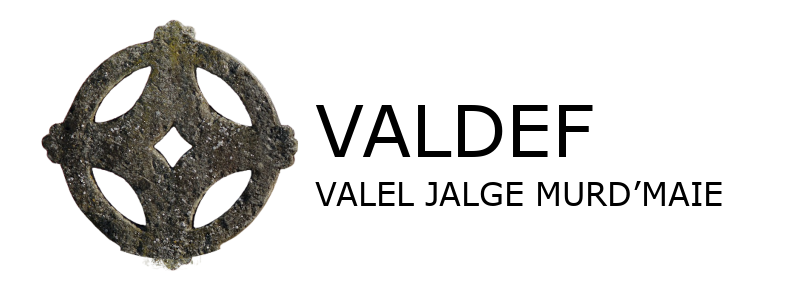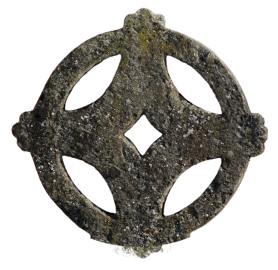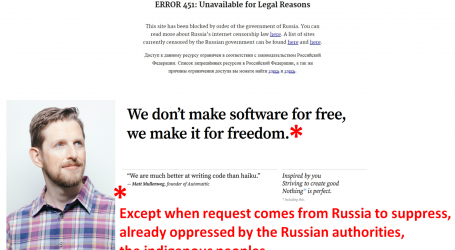Miro Ankerman – I propose design of a Pan-Finnic flag
The history of Finno-Ugric peoples has rich past and variety of different ethnos that diverged from each other at some certain point and evolved into its own ethnic subgroup. Also, due to the interest of Finno-Ugric peoples has been up only since the second part of the XXI century, the area of study of most ancient known peoples, majority of whom are indigenous peoples on their indigenous lands in the true meaning of the term, has received little attention from the world scholars and renowned universities. Mainly due to the lack of understanding what means to be a Finno-Ugric people, their cultural heritage or the very basic concept that deity, the main god, is a woman. The pillar of a woman deity is the ingrained trait of Finno-Ugric peoples with their long history of inheritance by matriarchal line.
In variety of Finno-Ugric peoples there’s also variety of the flags each ethnos identifies itself. The flags represent deep historical past and details of their descendance. Because each flag codes very specific related meaning and the overall absence of wider pan-Finno-Ugric studies with public education the idea of pan-Finno-Ugric unity or flag has not occurred at current moment with exception of Estonia getting rid of second Soviet occupation and restoring the tradition of holding World Congresses of Finno-Ugric Peoples that is one attempt uniting and addressing their issues.
Miro Ankerman in Facebook group “Finno-Ugric Peoples Unite” took the indicative and propose design of a Pan-Finnic flag. The fact someone is trying consolidate Finno-Ugric peoples under one flag that unites them all is very laudable undertaking as the attempt itself creates the pressure to check all the gleaned details of different knowledge and try to make into a coherent whole. Because the historic richness, the cultural influences on other tribes and nations any such attempt seem impossible until someone does it.
The attempt of such unification raises the question of Sapmi people ethnicity, belonging to the Finno-Ugric peoples and the rights they have across the indigenous lands they settle which has been neglected by the current states such as Sweden. The more the issues have been risen with the attempt to unit different Finno-Ugric nations and ethnos the more there will be better understanding of the current situation of the peoples. Sapmi in Sweden and Finno-Ugric peoples in Russian Federation is one such touchy subject for the respected state authorities. Thus, the attempt by Miro Ankerman has far reaching positive impact both currently and in the future.
The discussion that arose from Miro’s proposal could be see here –
https://www.facebook.com/groups/FinnoUgricPeoplesUnite/posts/10159412202244371/
Miro Ankerman:
It is no secret that many of the flags used by the broader Finnic peoples are unappealing and difficult to love yet alone look at, breaking many rules of vexillology and common taste alike. Whilst exceptions apply to any rule, I have taken a stand against this injustice to our unique and scarce peoples.
I have taken the liberty to design a Pan-Finnic flag, a flag all Finnic people could identify with, and be proud of. Be proud of your heritage and who you are, it gets a lot easier with a common symbol to rally behind, as we have seen so many times before.
So let us get to it, the flag.
Upon inspecting the various Finnic flags in use today, and what I felt was right, I decides to go with the Nordic Cross design as a base. It is employed by the Vepsians, the Karelians, the Finns and the Ludics, to some extent by others too, and has become something that symbolises the North, all of the Finnic homelands being located in the Northern hemisphere, near what is considered the Nordic region, this seemed fitting.
I chose three colours, that’d translate as wide as humanely possible. Firstly I chose green, used in many Finnic flags, to symbolise nature, and evergreen trees especially.
For the core I chose blue, which is commonly regarded as something of a Pan-Finnic colour. As such, whilst symbolising the thousands of lakes and rivers of the broader Finnic homeland, it also symbolises the Finnic peoples as a whole. United, by a common heritage.
And lasty, white, symbolising snow and the eternal hope for peace and prosperity. It ties together with the symbolism of the blue, covering some of the cross, because unfortunately many finnic peoples are no longer among us, and some are struggling, the snow has fallen on them, but there lives hope that one day spring dawns again, and with the melting snow, they become whole again, rising from the earth like flowers to bloom again.
For the center I chose an octagonal star shape, often called a Finnic sun, which is again used in many flags of the Finnic peoples.
Together all this should translate to a flag, that all Finnic people, regardless of language, of kin and of country, could identify with, be proud of, and use, to represent themselves, and their wider family. From the mountains of Lapland to the plains of Mordovia, let us share our pride and love for ourselves as a whole.
I hereby invite you, the Finnic peoples, to use this symbol of mutual love and unity, and spread our unique heritage all over. For we shall not die, not for a thousand years.





